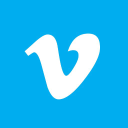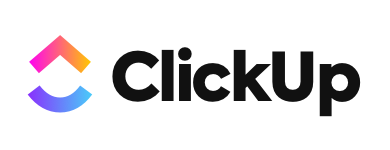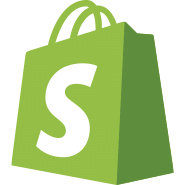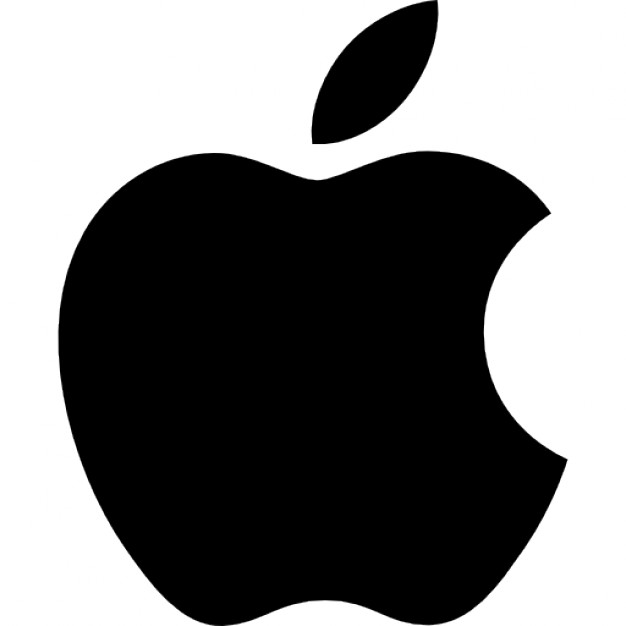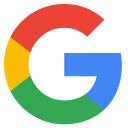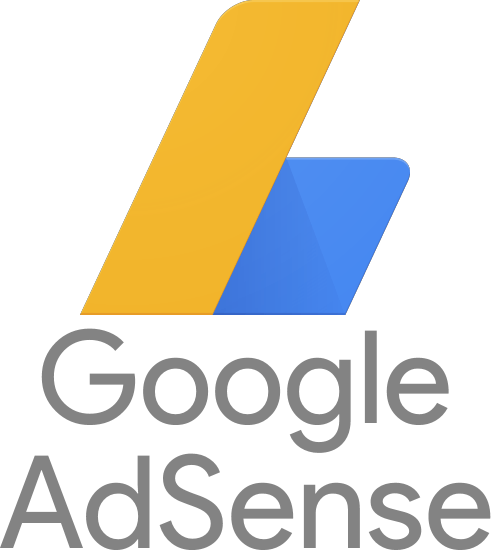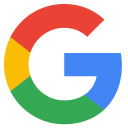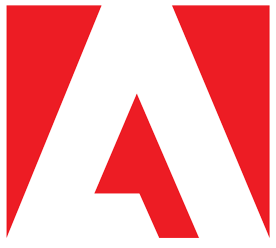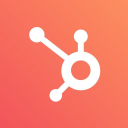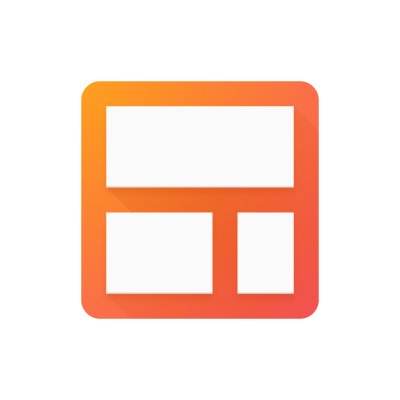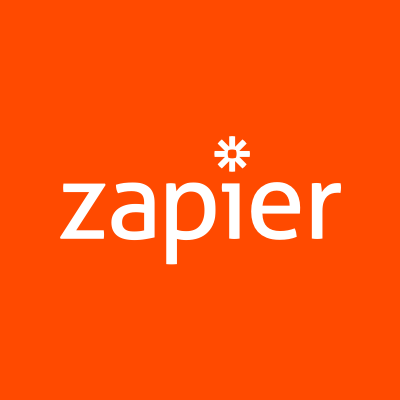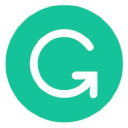How We Created The World's Only RV Permanent Jack Pad
Hello! Who are you and what business did you start?
Origen RV Accessories makes and sells the world’s only permanent jack pad, a new product category in the RV industry. We began by selling SnapPads exclusively to the luxury end segment of RVs (Class A Motorhomes and Fifth Wheels), but have gradually added new versions across other segments, including Class C, Class B, and smaller towables.
In our first year of operation, we grossed over USD 130,000 and have grown by an average of 124% year-over-year since then. Our catalog now includes over 40 SKUs and our product lines are carried by six major distributors, numerous online resellers, and more than 300 RV dealerships. During our last consumer survey, our company recorded a Net Promoter Score (NPS) of 88.



What's your backstory and how did you come up with the idea?
Origen RV Accessories is a five-year-old, family-run company whose story started more than 30 years ago. Gordon Wilson, founder, father, and president conceived of and launched an RV accessory in the early 1990s. Long before the days of e-commerce and direct-to-consumer businesses, Gord and his partner were forced to raise a large sum of money to get the product from a mere prototype to something industry distributors and dealerships would stock.
They did it. Their leveling product was picked up by major resellers and is still a staple in the industry today. Unfortunately, they were diluted out of a majority ownership position during the process of fundraising by an unscrupulous lawyer, turning their success into a kind of bitter failure. Both founders left the company shortly after the product was successfully launched and adopted.
In early 2015, Gord approached his three grown sons, myself (Kent), Devon, and Barrett about creating and launching a new RV product. This time the concept was a “permanent jack pad” - a kind of rubber “shoe” for luxury RVs that installs permanently to the metal jack “feet” which are common to modern RV leveling systems.
After a handful of prototypes and concepts that included rare earth magnets and industrial adhesives, we settled on a mechanically attached, tight-sealing “lip” engineered solution which allowed the pads to snap on through an easy installation process.
We found a US-based manufacturer who agreed to make and ship the product for us. We launched the company on September 29th, 2015, as a single-page e-commerce website. We had just three SKUs at the time - three different packages of the same base version of the pad. We received our first order the very next day (after we agreed to waive the shipping charge on the package). By December, we had grossed over $10,000.
To get off the ground, we raised less than $50,000 from friends and family. Devon and Gord worked on the company full time to start, but Kent (myself) and Barrett worked evenings and weekends around our existing full-time jobs (in digital marketing and SEO, respectively). The mixture of my father’s experience and relationships in the industry, Devon’s business degree and hustle, and some digital marketing / SEO expertise helped us go directly to the consumer, allowing us to prove the concept and generate sales.
Eventually, all the brothers joined the team full time. More and more RVers asked for SnapPads for their specific RV’s, allowing us to build out the catalog according to consumer demand.
Something that matters a lot is to have people on the team who are committed to persevering through uncertainty and willing to invest their time and effort when the payoff is completely uncertain.
Take us through the process of designing, prototyping, and manufacturing your first product.
RV SnapPad began life as “RV Magpad”. The original concept was based on sticking the pads to meal feet with strong magnets. That concept proved problematic for several reasons (sourcing magnets, but also ensuring the pads won’t fall off during transit). We considered glues and adhesives and were close to prototyping when we discovered a simple lip, if tightly engineered, would mechanically hold the pad in place.
We worked with our manufacturing partner to prototype and build a small inventory of our original SnapPads, designed for 9” round jacks which are the most common foot size amongst luxury RVs. We then sent the pads to a third-party testing facility to ensure they would not only snap-on but stay on while an RV is in motion. The pads were shake-tested to 50 times the force of gravity and their durability tested at very high (140 degrees F) and very low temperatures (-40 degrees F).
To make SnapPads durable enough to put up with this kind of punishment, they are crafted from recycled rubber tires. The tire crumb is combined with an industrial binder and compressed under extreme heat and tons of pressure. Every time we create a new product, we design it around the jack foot in question, using exact measurements and then putting the resulting prototype through third-party testing before officially launching.
It took us months of cold calls and emails to find a rubber manufacturer who was willing to not only take on an unproven product but work with us to design and prototype it. Once we were satisfied with the product concept, we applied for a US patent to protect our intellectual property. It took over 2.5 years and approximately USD 30,000, but we were eventually granted a patent that protected all of our product lines.



Describe the process of launching the business.
As mentioned, we launched with a one-page website detailing our product offering and available packages. My brother Barrett and myself worked on the design and implementation of the site. We collected payments with the help of a free Shopify Buy Button.

Before launching, however, we went directly to end consumers via owners’ associations and online message boards. Different RV brands tend to have different communities, with many forming formal and informal groups both online and in-person. We shared the product concept with RVers and asked for feedback. We then worked with our first ownership group to sponsor an RV rally by providing free products. We also found Youtube “micro-influencers” in the RV space who were willing to review SnapPads in return for a free pack.
It didn’t take very long for the product to find some traction. Although the winter is technically the offseason for most RVers, we had grossed around USD 40,000 in total sales by April 2016. The business was mostly able to “self-finance” due to growing sales and low overhead, although we had a small friends and family equity raise which helped get us off the ground. The tools and inventory costs were initially carried by our manufacturing partner, who we paid back over time.
Since launch, what has worked to attract and retain customers?
Aside from our product’s strong, unique value prop, the area that has helped us gain and retain customers is customer experience (CX), which is essentially user experience (UX ) + Customer Service (CS).
One half of CX is user experience (UX), or the digital buyer path and interface. SnapPads come with a very important compatibility component, meaning an RVer must be matched to the right SnapPad package for their RV since the pads are specifically engineered to certain jacks and configurations.
Over time, we have been sure to monitor our UX for pain points and friction so we could do everything possible to make the shopping experience easy. This has included developing a proprietary fitment list of over 4,000 RV makes and models (and growing), and using that to create a simple to use SnapPad search tool. Also, we have created a tailored chatbot that walks users through the process of finding the right SnapPad package.

The second half of CX is customer service (CS). In the early stages of business, we reviewed and responded to every piece of feedback - from comments on Facebook ads to questions on message boards. We made sure to develop a brand voice marked by courtesy, respect, and empathy in our interactions with customers.
Our customer service team’s mandate (now with three people full time and growing), is to be the customer’s advocate and to find every possible way to solve their problems or make them happy. As a result, we have as many 5-star reviews for our service as our product (~2,300).
Aside from direct contact with RV owner’s groups, influencers, and communities, our first paid advertising channel was Facebook. Because the barrier to entry is relatively low ($5/day budgets), we were able to test and refine our message without spending too much.
Facebook also generates direct feedback in terms of comments on ads, which is an invaluable source of information when you are trying to understand what moves the needle. Once you get your creative and messaging down, you can start to play with audience segmenting and full-on sales funnels. Our ROAS for Facebook ads varies per portion of the funnel, but we typically shoot for (and achieve) a ROAS of 1:1 at the top (awareness), 4:1 in the middle, and 6:1 or better at the bottom.
Over time, we have moved to other ad channels, including SEM, google display network, Youtube, and traditional magazine ads. Facebook remains our strongest paid traffic generator and direct online sales method, however.
In terms of distribution channels, we sell direct, to major online resellers (etrailer.com, RV Upgrades.com), direct to some RV dealers, and through industry distributors. Amazon is also a major sales channel, which we employ by selling to existing Amazon stores/sellers (rather than battling to set up our store).
The sales velocity through Amazon is very high and worthwhile, but we also made sure to set a strict minimum advertised price (MAP) which is higher than our typical MSRP and restricts the product to just a couple of resellers. The reason being is we wanted to avoid a race to the bottom (numerous Amazon SnapPad sellers undercutting each other on price), as well as Amazon sales potentially threatening our sales to bricks and mortar RV dealers (who are fearful of “showrooming”).
You should try to solve emergent problems and issues as they surface, rather than waiting until they are truly impactful.
Circling back to influencers, I would highly recommend this campaign type/promotion type if applicable. We have partnered with dozens of passionate RVers with everything from large to very modest followings on social media. In our partnerships, we strive for authenticity and fit to ensure the content they create around the product is honest and accessible. Also, good relationships with influencers can lead to insights into your audience and industry, ongoing user-generated content creation, as well as straight-up sales and brand lift. Often for only the cost of free product.

How are you doing today and what does the future look like?
Our company made a profit in both 2018 and 2019 and we are on the verge of entering a phase of “hyper-growth”, thanks in part to brand momentum, but also due to a bump in the RV industry caused by the COVID pandemic.

Since evolving from a direct to consumer (DTC) to a consumer packaged good (CPG) company, our sales have moved from 100% online/B2C revenue to 55% B2B.
The only thing holding us back currently is manufacturing. Our growth rate has overwhelmed our initial manufacturer, which has also faced staffing complications due to COVID. We are currently back-ordered by 3 months (despite turning B2C sales off in April) and are currently in negotiations with three other US rubber manufacturers. We hope to at least quadruple our manufacturing capacity by Q1 of 2021.
Once we have more manufacturing in place, we plan to 10X our revenue within 24 months. We are in negotiations with the two largest RV accessory distributors in North America, with a potential reach of over 5,000 RV dealerships. Many of our best resellers and partners are seeing sales growth of over 100% year-over-year as well,
To support our growth, we plan to hire two more people in sales positions, several more for customer service, and likely a couple of new marketing team members. In terms of expansion, we have plans to investigate both new geographic as well as vertical markets. Canada, Germany/Europe, and Australia are the other large, RV markets currently. We also plan to look into creating “permanent jack pads” for things like utility trailers, tractor-trailers, and industrial scaffolding.
Through starting the business, have you learned anything particularly helpful or advantageous?
The biggest mistake we have made to date was not fully understanding and controlling the manufacturing and logistics/supply chain of the business. We initially focused on brand building, sales, and CX, allowing our manufacturing partner to take care of production and shipping/freight. Unfortunately, we grew too big too fast for their in-house capabilities, leaving us scrambling to figure out how to fulfill demand this year when COVID hit.
In truth, there were signs we were straining our supplier’s abilities earlier than this year, but we didn’t fully focus on production and fulfillment until the issues crashed upon us and essentially forced us to shut down online sales.
Related to this mistake is: assume any major endeavor you take on will take at least four times longer than you expect. It’s almost impossible to forecast all the ways something will be delayed, paused, derailed, etc.
A few things have helped us along the way. Having a family with a lot of different skill sets and capacities in-house meant we didn’t have to pay for things like SEO, web development, or digital campaign strategy early on. Our father’s experience and connections in the RV industry got us in a few doors which would have been shut to us otherwise as well.
We have also benefited from the rising popularity of RVing. Retired baby boomers make up a huge portion of our customer base. The Millennials segment is growing as it becomes easier to work remotely and the dream of owning a home with a white picket fence changes to the desire for life experiences. RVing is set to become even more prominent with COVID altering travel and vacation options.
What platform/tools do you use for your business?
Let’s start with the list. Our company’s primary current tech stack includes:
- Shopify Plus (online store and wholesale store)
- Stamped.io (reviews platform)
- Facebook Business Manager (for managing FB and Instagram campaigns)
- Google Suite (Email, docs, sheets, etc.)
- Google analytics/ads
- Google Optimize
- Zapier(automation and connection tool)
- Landbot (no code Chatbot)
- Shoelace (Facebook retargeting ad platform)
- Click up (project management)
- Slack (internal communication)
- Zendesk (Customer service/ticket management)
- Anvyl (Supplier and inventory management)
- Hubspot (CRM)
- Aircall(phone center/call platform)
- Flowspace (Fulfillment center/warehousing management)
- Wagepoint (online payroll software)
- Quickbooks (accounting/bookkeeping)
On top of Shopify, we use some integrated Shopify apps, including Omnisend (email), GOVX Military ID (veteran discount management), and Superfields (content/product management) to name a few.
One of our favorite tools is Stamped. We originally tried Yotpo for user reviews management, but we found the price point beyond the free version prohibitive. Stamped was 1/10th the price with almost as much functionality. The user help and assistance through Stamped is very responsive as well.
What have been the most influential books, podcasts, or other resources?
Some inspiring and useful recent books I have read include Good to Great by Jim Collins, Antifragile by Nassim Taleb and Range by David Epstein. Good to Great, in particular, is a wonderful deep dive into what makes some companies hugely successful (and what causes others to fail).
In terms of podcasts, I regularly listen to How I Built This with Guy Raz, The Knowledge Project with Shane Parrish, Exponent with Ben Thompson, Exit Strategy with Moiz Ali, and This Week in Startups with Jason Calacanis. This collection of podcasts share inspiring real-life stories, helpful mental models, and ways of thinking, as well as tips and information from successful people.
Advice for other entrepreneurs who want to get started or are just starting out?
Something that matters a lot, especially at the onset, is to have people on the team who are committed to persevering through uncertainty and willing to invest their time and effort when the payoff is completely uncertain. Being involved with family allowed us to trust the core team implicitly, which was a massive advantage out of the gate.
Another thing to keep in mind as you grow is to understand both the seen and unseen costs to your business. By which I mean you should know what your overhead and direct expenses are and how they relate to your gross and net margin. But also, don’t focus so much on direct costs that it causes you not to invest in key aspects of the business.
For example, if a customer care platform will help you scale and bring more efficiency to your customer service, don’t only focus on what that tool will cost you per month. Consider what it will cost you in brand damage, lost sales, and other inefficiencies if you don’t have it.
Finally, you should try to solve emergent problems and issues as they surface, rather than waiting until they are truly impactful. If we had firmed up our manufacturing and logistics network as soon as our supplier showed strain, we would have avoided a painful backlog and disruption to our sales this year.
Are you looking to hire for certain positions right now?
We are not looking to hire immediately, given our backlog of orders. Once we have more manufacturing capacity in place, we will be hiring FT for sales, customer service, and marketing.
Our sales members help coordinate PO’s, inventory, and sales material with our growing collection of partners and resellers. Our customer service team deals directly with customers’ questions, issues, and challenges, ranging from product compatibility inquiries to warranty claims and returns. In marketing, we will be looking for a generalist with a background in graphic design and digital campaign management.
Where can we go to learn more?

Download the report and join our email newsletter packed with business ideas and money-making opportunities, backed by real-life case studies.

Download the report and join our email newsletter packed with business ideas and money-making opportunities, backed by real-life case studies.

Download the report and join our email newsletter packed with business ideas and money-making opportunities, backed by real-life case studies.

Download the report and join our email newsletter packed with business ideas and money-making opportunities, backed by real-life case studies.

Download the report and join our email newsletter packed with business ideas and money-making opportunities, backed by real-life case studies.

Download the report and join our email newsletter packed with business ideas and money-making opportunities, backed by real-life case studies.

Download the report and join our email newsletter packed with business ideas and money-making opportunities, backed by real-life case studies.

Download the report and join our email newsletter packed with business ideas and money-making opportunities, backed by real-life case studies.














